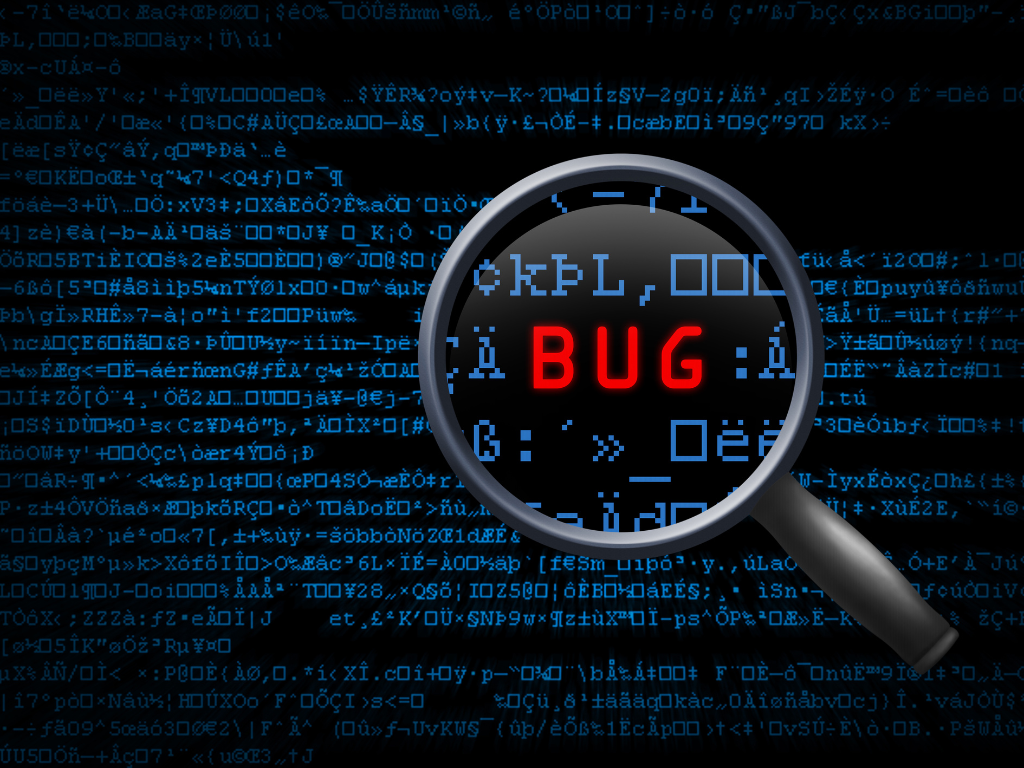Bug Bounty Hunting in 2025: Your Ultimate Real-World Beginner’s Guide
In the digital age, cybersecurity has evolved into a critical field, with bug bounty programs emerging as a key component in securing applications and systems. Bug bounty hunting, which involves identifying and reporting vulnerabilities in software for rewards, offers both lucrative opportunities and valuable experience for aspiring cybersecurity professionals. If you are considering venturing into this dynamic domain, this guide provides a comprehensive roadmap for getting started in 2025.

Understanding Bug Bounty Programs
What Is a Bug Bounty Program?
Bug bounty programs are initiatives where companies invite ethical hackers to discover vulnerabilities in their systems. These programs can be managed internally or through third-party platforms like HackerOne, Bugcrowd, and Synack. Participants who successfully identify and report security issues are rewarded with monetary compensation, recognition, or both.
Why Bug Bounty Hunting Matters
Bug bounty programs are mutually beneficial. For organizations, they provide a cost-effective way to identify vulnerabilities before malicious actors can exploit them. For hunters, these programs offer a chance to:
- Sharpen technical skills.
- Build a professional reputation.
- Earn significant financial rewards.
Prerequisites for Bug Bounty Hunting
Technical Skills
To excel as a bug bounty hunter, you need a strong foundation in:
- Networking: Understand TCP/IP, DNS, and HTTP protocols.
- Programming: Proficiency in languages like Python, JavaScript, and Bash is crucial for writing scripts and understanding code.
- Web Application Security: Learn about OWASP Top Ten vulnerabilities such as SQL injection, XSS, CSRF, and insecure deserialization.
- Mobile and API Security: Familiarize yourself with mobile app security and API vulnerabilities.
Tools of the Trade
Equip yourself with essential tools:
- Burp Suite: A powerful web vulnerability scanner.
- Nmap: For network mapping and port scanning.
- Wireshark: For analyzing network traffic.
- Metasploit: A framework for penetration testing.
- Postman: For API testing.
- Mobile Security Tools: Tools like MobSF for analyzing mobile applications.
Certifications
Certifications like Offensive Security Certified Professional (OSCP), Certified Ethical Hacker (CEH), or Web Application Penetration Tester (eWPT) can bolster your credentials and increase your confidence.
Steps to Get Started in 2025
1. Build a Solid Knowledge Base
Begin by studying cybersecurity fundamentals. Resources like Cybrary, TryHackMe, and Hack The Box provide interactive learning environments. Books such as The Web Application Hacker’s Handbook and Hacking: The Art of Exploitation are invaluable references.
2. Choose a Platform
Select a bug bounty platform that aligns with your expertise and goals:
- HackerOne: Ideal for beginners and experienced hunters.
- Bugcrowd: Offers a diverse range of programs.
- Synack: Requires a rigorous application process but provides higher payouts.
- Intigriti: Focuses on European programs and companies.
3. Start Small
Begin with smaller, less competitive programs. Public programs with lower payouts often have a higher tolerance for mistakes, making them excellent for learning.
4. Focus on Reconnaissance
Reconnaissance is the cornerstone of bug hunting. Use tools like:
- Amass and Sublist3r: For subdomain enumeration.
- Google Dorking: For advanced search techniques.
- Shodan: To discover exposed devices and services. Thorough recon can uncover overlooked attack vectors.
5. Think Like an Attacker
Adopt an attacker’s mindset to identify creative exploitation methods. Ask yourself:
- How can I bypass authentication?
- Can I escalate privileges?
- Are there hidden endpoints or parameters to exploit?
6. Document Your Findings
Detailed documentation is essential. Include:
- A clear description of the vulnerability.
- Steps to reproduce the issue.
- Screenshots or videos for clarity.
- Potential impact and recommended mitigation steps.
7. Engage with the Community
Join forums, social media groups, and communities like Bug Bounty World and r/bugbounty. Networking with fellow hunters can accelerate your learning curve and keep you updated on the latest trends.
Common Challenges and How to Overcome Them
Facing Rejections
Not every report will be accepted. Treat rejections as learning opportunities. Review feedback and refine your approach.
Staying Persistent
Bug bounty hunting requires patience. It might take weeks to find your first valid bug. Stay consistent, and don’t get discouraged.
Dealing with Burnout
The competitive nature of bug bounties can lead to burnout. Manage your time wisely and take breaks to avoid exhaustion.
Ethical Considerations
Always adhere to the scope and rules of the program. Avoid testing outside authorized domains or using found vulnerabilities for malicious purposes. Ethical conduct is non-negotiable.
Success Stories for Inspiration
1. Santiago Lopez (“try_to_hack”)
The first bug bounty hunter to earn $1 million on HackerOne, Santiago’s journey showcases the potential of persistence and skill.
2. Katie Paxton-Fear (“InsiderPhD”)
A university lecturer who balances teaching and bug hunting, Katie’s contributions emphasize the importance of community and sharing knowledge.
Future Trends in Bug Bounty Hunting
As technology evolves, new attack surfaces emerge:
- IoT Devices: Increasingly common in homes and industries.
- Cloud Platforms: Misconfigurations and vulnerabilities in cloud services.
- AI and Machine Learning: Potential flaws in AI algorithms and models.
Staying ahead in the field requires continuous learning and adaptation.
Conclusion
Bug bounty hunting in 2025 offers an exciting avenue for cybersecurity enthusiasts to hone their skills, contribute to digital safety, and earn rewards. By building a strong foundation, leveraging the right tools, and maintaining ethical standards, you can navigate the challenges and thrive in this field. Remember, persistence and curiosity are your greatest assets. Start small, stay consistent, and watch your efforts pay off in the form of both professional growth and financial success.
Check out our latest posts for more insights:






